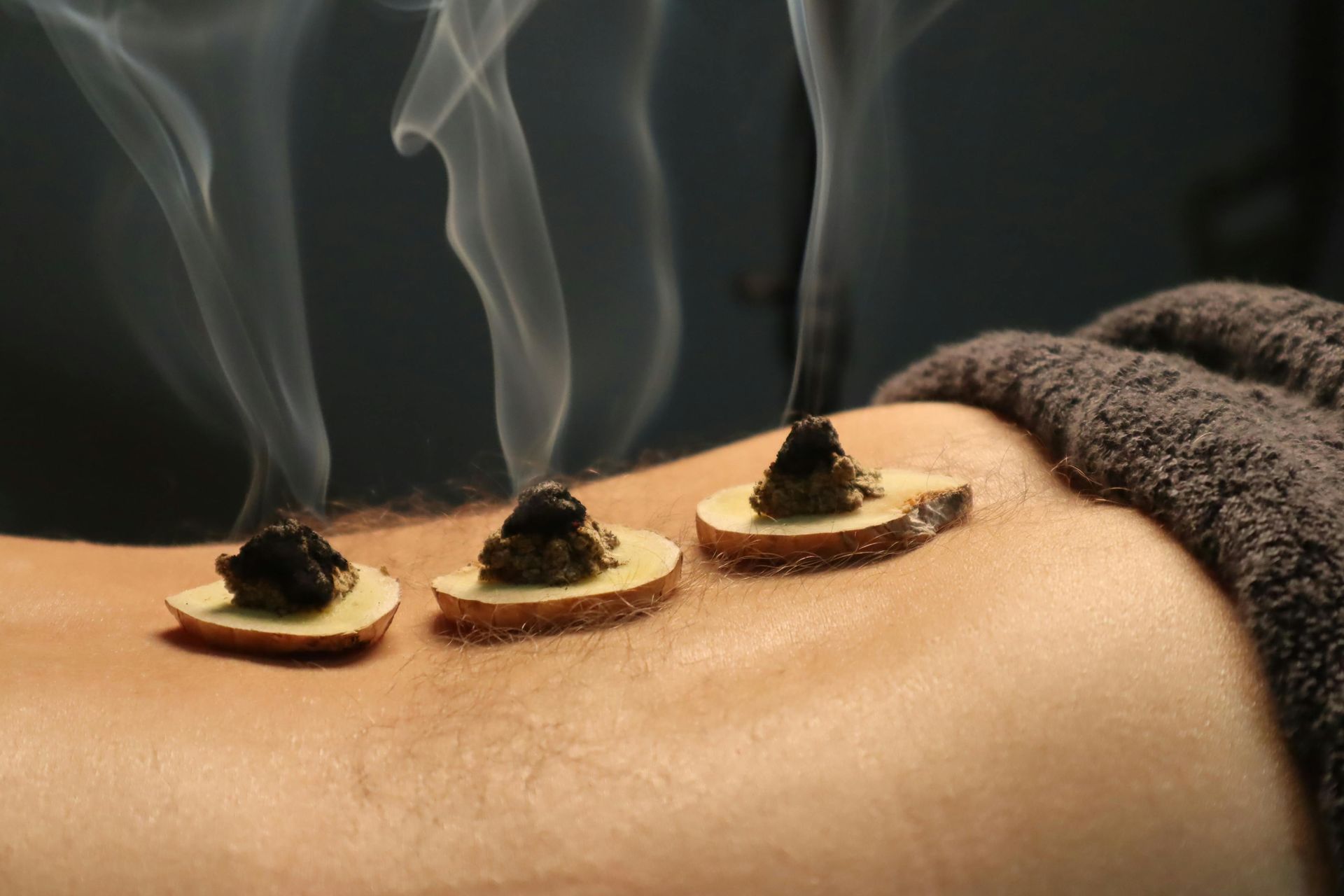The Energetic Blueprint: Chakras, Environment, and Dis-Ease: Post 2
Opening the Heart – The Middle Chakras and Emotional Connection

Introduction
As we continue our exploration of the chakra system, we arrive at the middle energy centers: the Heart Chakra (Anahata) and the Throat Chakra (Vishuddha). These chakras serve as a bridge between the physical and spiritual realms, connecting our inner world with how we express ourselves to others. In this post, we’ll explore how environmental and emotional factors influence these chakras, how imbalances manifest, and how Traditional Chinese Medicine (TCM) perspectives offer insight into cultivating balance.
1. The Heart Chakra (Anahata): Emotional Balance and Love
Location & Function:
- The Heart Chakra, located at the center of the chest, governs love, compassion, and emotional harmony. It’s associated with the air element, symbolizing openness and connection.
Environmental Impact:
- Emotional “toxins,” such as chronic stress or unresolved grief, can block the Heart Chakra’s flow of energy.
- Environmental factors, like living in overcrowded or polluted spaces, can restrict the expansive energy of the Heart Chakra, leading to feelings of isolation or disconnection.
TCM Perspective:
- In TCM, the Heart is considered the seat of Shen (spirit), and emotional distress directly affects this organ. Imbalances in the Heart can lead to insomnia, palpitations, and anxiety.
- Practices like acupuncture, herbal remedies (e.g., reishi mushroom for calming Shen), and cultivating joy through gratitude exercises support both TCM and Heart Chakra health.
How Imbalances Manifest:
- Physical: Chest pain, respiratory issues, high blood pressure.
- Emotional: Loneliness, difficulty forgiving, inability to connect deeply with others.
2. The Throat Chakra (Vishuddha): Expression and Truth
Location & Function:
- Located at the throat, this chakra governs communication, self-expression, and the ability to speak one’s truth. It’s associated with the ether element, representing spaciousness and clarity.
Environmental Impact:
- Exposure to noise pollution, toxic conversations, or environments that discourage self-expression can block the Throat Chakra.
- Poor air quality and dehydration also negatively impact this energy center, as the throat and lungs are directly affected by external toxins.
TCM Perspective:
- TCM links the Throat Chakra to the Lung and Large Intestine meridians, which govern breath, clarity, and elimination of toxins. Imbalances may present as a sore throat, cough, or difficulty expressing emotions.
- Practices like qigong breathing, vocal exercises, and herbal teas (e.g., licorice root or peppermint) help open this energy center.
How Imbalances Manifest:
- Physical: Sore throat, thyroid imbalances, neck stiffness.
- Emotional: Fear of speaking up, trouble expressing emotions, feeling misunderstood.
How Imbalances in the Middle Chakras Manifest as Dis-Ease
When the Heart and Throat Chakras are out of balance, physical, emotional, and relational challenges often follow:
- Heart Chakra Imbalances: Asthma, heart disease, difficulty maintaining relationships.
- Throat Chakra Imbalances: Chronic cough, neck pain, social anxiety, or repressed emotions.
Practical Steps to Balance the Middle Chakras
1. Heart Chakra Healing Practices:
- Spend time in nature, especially open spaces like parks or forests, to align with the air element.
- Practice heart-opening yoga poses, such as Camel Pose or Cobra Pose, to release stagnant energy.
- Meditate on the color green, visualizing it radiating through your chest and outward.
2. Throat Chakra Healing Practices:
- Practice journaling to identify and express unspoken thoughts or emotions.
- Sing or chant (e.g., the sound “Ham”), as vocal vibrations help to open this chakra.
- Stay hydrated and incorporate herbal teas to soothe the throat and promote vocal clarity.
3. Incorporate TCM Elements:
- Heart Chakra: Engage in “joy cultivation” practices, such as laughter yoga or gratitude journaling.
- Throat Chakra: Perform breathwork or qigong exercises to enhance lung function and release tension.
Connection Between the Chakras
The Heart and Throat Chakras are closely interconnected. When your Heart Chakra is balanced, it naturally supports your ability to express love and compassion through your Throat Chakra. Conversely, a clear Throat Chakra empowers you to communicate your emotions, reinforcing the flow of energy through the Heart.
Conclusion
The middle chakras act as a vital bridge between the physical and spiritual aspects of our being. By nurturing the Heart and Throat Chakras, we not only cultivate emotional balance and effective communication but also create deeper connections with ourselves and others. Through mindful practices and integration with Traditional Chinese Medicine, we can harmonize these energy centers and align with our most authentic selves.
Stay tuned for the final post in this series, where we’ll explore the upper chakras and their connection to spiritual insight and environmental influences.
Elev8d Essence: The Balance Blueprint




